How to attach wood/composite planks onto concrete?
kharvel
17 years ago
Featured Answer
Comments (17)
brooklyndecks
17 years agomartin_carthage
17 years agoRelated Professionals
Greeley Decks, Patios & Outdoor Enclosures · Methuen Decks, Patios & Outdoor Enclosures · Westfield Decks, Patios & Outdoor Enclosures · Riverton Home Builders · Fairfax Flooring Contractors · Hugo Flooring Contractors · Lynnwood Flooring Contractors · Morgan Hill Flooring Contractors · Mountain Top Flooring Contractors · Slidell Flooring Contractors · South Lake Tahoe Flooring Contractors · Baltimore Siding & Exteriors · Bethany Siding & Exteriors · Columbus Siding & Exteriors · Lincolnwood Siding & Exteriorsjohn_hyatt
17 years agokharvel
17 years agojohn_hyatt
17 years agobrooklyndecks
17 years agokharvel
17 years agomartin_carthage
17 years agobrooklyndecks
17 years agokharvel
17 years agodeckman22
17 years agodeckdude
16 years agoron6519
16 years agojohn_hyatt
16 years agoGame_Bred
16 years agoBarbara Lande
5 years ago
Related Stories
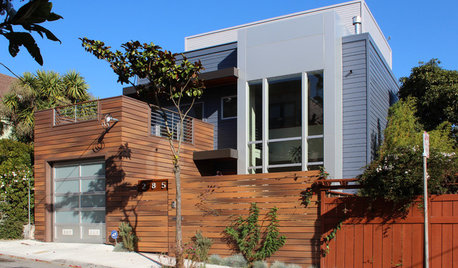
MATERIALSShould You Use Composite Timber in Your Landscape?
This low-maintenance alternative to wood is made from varying amounts of recycled plastic. Consider it for decks, fences and more
Full Story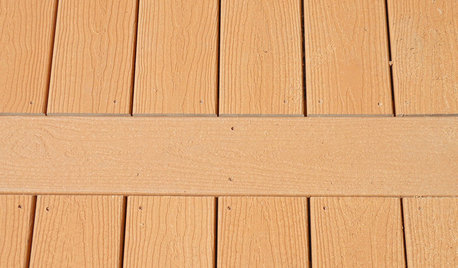
DESIGN DICTIONARYComposite Lumber
Wood fibers and plastic combine to make a superwood that endures the elements
Full Story
REMODELING GUIDESYour Floor: An Introduction to Solid-Plank Wood Floors
Get the Pros and Cons of Oak, Ash, Pine, Maple and Solid Bamboo
Full Story
GARDENING AND LANDSCAPINGChoosing a Deck: Plastic or Wood?
Get the pros and cons of wood, plastic, composite and more decking materials, plus a basic price comparison
Full Story
DECORATING GUIDESClean Start: Fresh-Faced White Planking
White-plank walls add simple style and enough texture to keep things interesting
Full Story
GREEN BUILDINGHouzz Tour: See a Concrete House With a $0 Energy Bill
Passive House principles and universal design elements result in a home that’ll work efficiently for the long haul
Full Story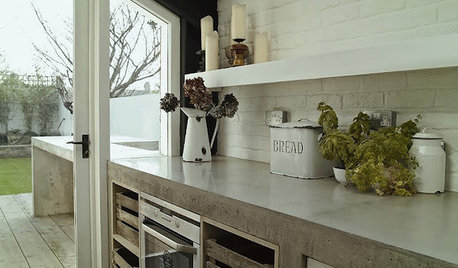
KITCHEN COUNTERTOPSKitchen Counters: Concrete, the Nearly Indestructible Option
Infinitely customizable and with an amazingly long life span, concrete countertops are an excellent option for any kitchen
Full Story
FLOORS5 Benefits to Concrete Floors for Everyday Living
Get low-maintenance home flooring that creates high impact and works with home styles from traditional to modern
Full Story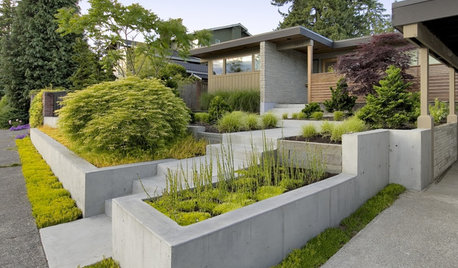
LANDSCAPE DESIGNGarden Walls: Pour On the Style With Concrete
There's no end to what you — make that your contractor — can create using this strong and low-maintenance material
Full Story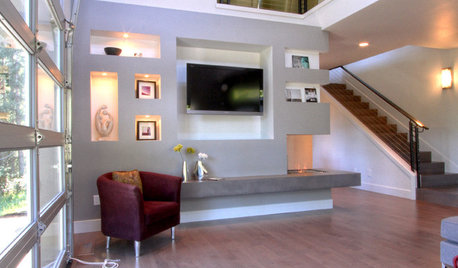
REMODELING GUIDESContractor Tips: Smooth Moves for Hardwood Floors
Dreaming of gorgeous, natural wood floors? Consider these professional pointers before you lay the first plank
Full Story





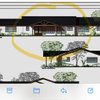
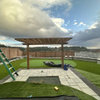
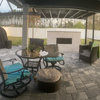
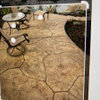
martin_carthage